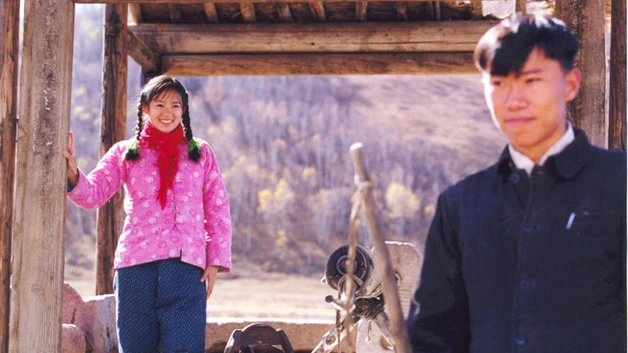Train to Busan Film Difficulty Ranking: 2
This is the best Zombie Train film there is. If you love zombies (think Walking Dead, 24 days later, or World War Z) you’ll love this film. If you love train films (Snowpiercer, Transsiberian) you’ll love this film. Finally, if you love a great thriller film, you’ll also love this film. Need I say more?
As usual, best to only watch 40secs of the trailer to avoid any spoilers!
Why Watch Train to Busan?
- It’s one of the good zombie films out there
- It’s also a great train movie (on terms with Snowpiercer, another great South Korean film)
- There’s plenty of glorious action
- All complemented by some great action cinematography (mostly shot within the confines of the train carriage)
The Breakdown
Train to Busan, like many great horror movies starts with a prelude of what’s to come. A farmer drives his truck through a quarantine zone. His truck is sprayed and ushered through the quarantine. On the other side, he runs over a young deer, curses his shitty day, and drives off. The camera stays fixed on the dead deer in the road, and after a few seconds, comes back to life and limps off into the bush.
Following the dramatic opening, the film introduces us to Seok-woo, a cold office boss who doesn’t really care about his little daughter. He treats his mum like a maid and messes up his kids birthday. He even stands up his daughter when she is singing a song at a concert especially for him. What a guy! Will it take a train full of zombies to make him care for his daughter?
Conclusion
This is the best zombie train movie that I have ever seen (it’s also a great thriller). It has the typical range of characters, the genre faithful story-line, and doesn’t take it self too seriously.
What caught my eye was the great camera work within the small space of the train carriage. Most of the action is shot from within the carriage with a mix of handheld shots. But the director creates space by mixing in tracking shots from outside the train carriage (where the camera moves alongside the train) and shots looking at the other carriages. Check it out for yourself!



 The Khmer Rouge created a new country by creating a new mythology. Art and tradition was thrown to the side. Now “the spade is your pen, and the rice field is your paper”. The picture on the right shows the Khmer Rouge’s utopia. There is a factory, irrigation, corn harvest, and rice fields but no people. This is Pol Pot’s vision for a state driven by work and void of culture.
The Khmer Rouge created a new country by creating a new mythology. Art and tradition was thrown to the side. Now “the spade is your pen, and the rice field is your paper”. The picture on the right shows the Khmer Rouge’s utopia. There is a factory, irrigation, corn harvest, and rice fields but no people. This is Pol Pot’s vision for a state driven by work and void of culture.

You must be logged in to post a comment.